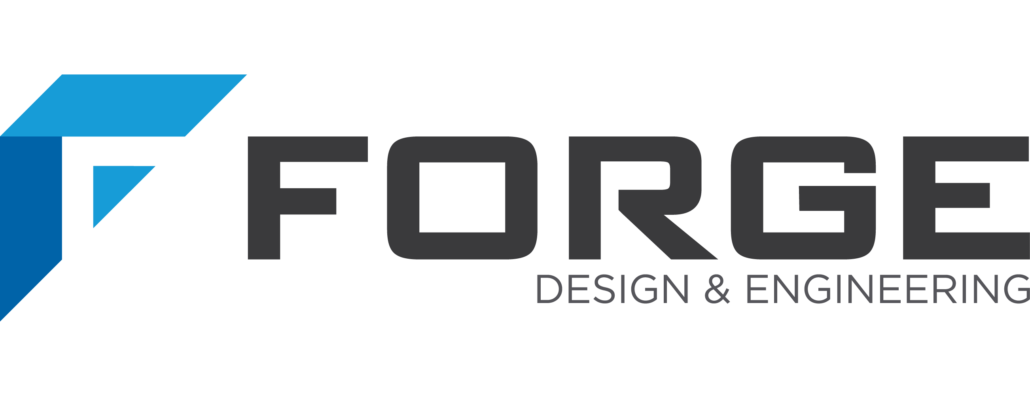
Innovation Unwound:
Paths to “Faster, Cheaper, Better.”
From our Innovation Unwound series…thoughts on reaching New Product Development’s Holy Grail “Faster. Cheaper. Better”
In today’s new product development environment Faster and Cheaper are near givens while Better is less about incremental improvements and has become more about disruptive innovation. In a relatively short period of time we have gone from “pick one” to charging the development team to achieve all three within ever tightening constraints.
Compounding the challenge – product development objectives can quite easily be at odds with one another: cost cutting risks diminishing returns and commoditization. Speed-to-market can burden quality, and Better, as in truly innovative, can easily fall victim to external events, shifting budgets, even company culture and end up with incremental improvements, but not the game-changing promise of true innovation.
Solutions: While no single answer can possibly cover the range of company-specific objectives, obstacles and processes, there are a few tactics to consider:
Rapid Iteration comprises not only rapid prototyping and 3D printing but also a comprehensive project management approach – tightly synchronized research schedules to keep development on track and aligned with the intended user base; a holistic, inclusive project team with key stakeholders – e.g. engineering, marketing, manufacturing, involved early and often to minimize or eliminate costly backtracking.
What do you already know: Some projects come with little or no research, others with boxfuls. Another knowledge stream to investigate: research conducted by other internal teams that may have touched upon your area. A review by your team or outside eyes may provide surprising insights that could enhance the focus of your research and/or design strategy.
Product Platform Strategy: Many of us became aware of this approach in the auto industry. Brands sharing platforms (e.g. Buick / Chevy, Ford / Lincoln etc.) is now a strategy well entrenched in many categories. Developing multiple products from a core architecture creates opportunities to address user segments and channel partners strategically. With care not to dilute your brand this can be an effective strategy to meet the needs of your consumer segments and your customers – i.e. retailers.
When said and done, you’ll have more products to market faster with the heavy design and engineering lifting done, cheaper thru common parts and assembly efficiencies, better, if you can-through whatever means available- understand and remain focused on user needs.
Next in Innovation Unwound: “The Art of the Data”



